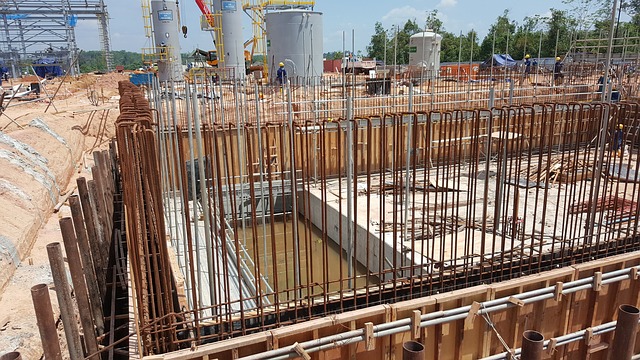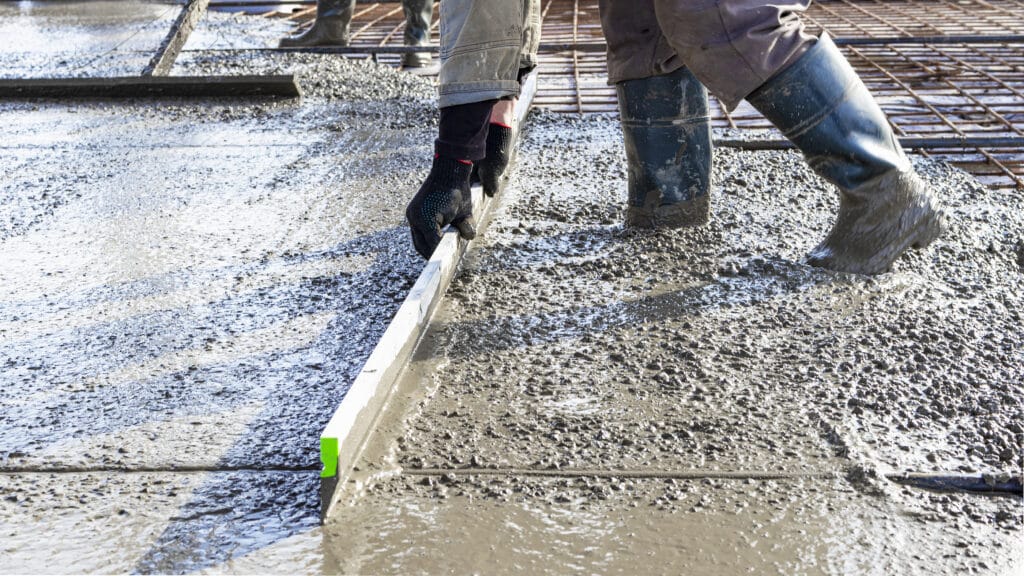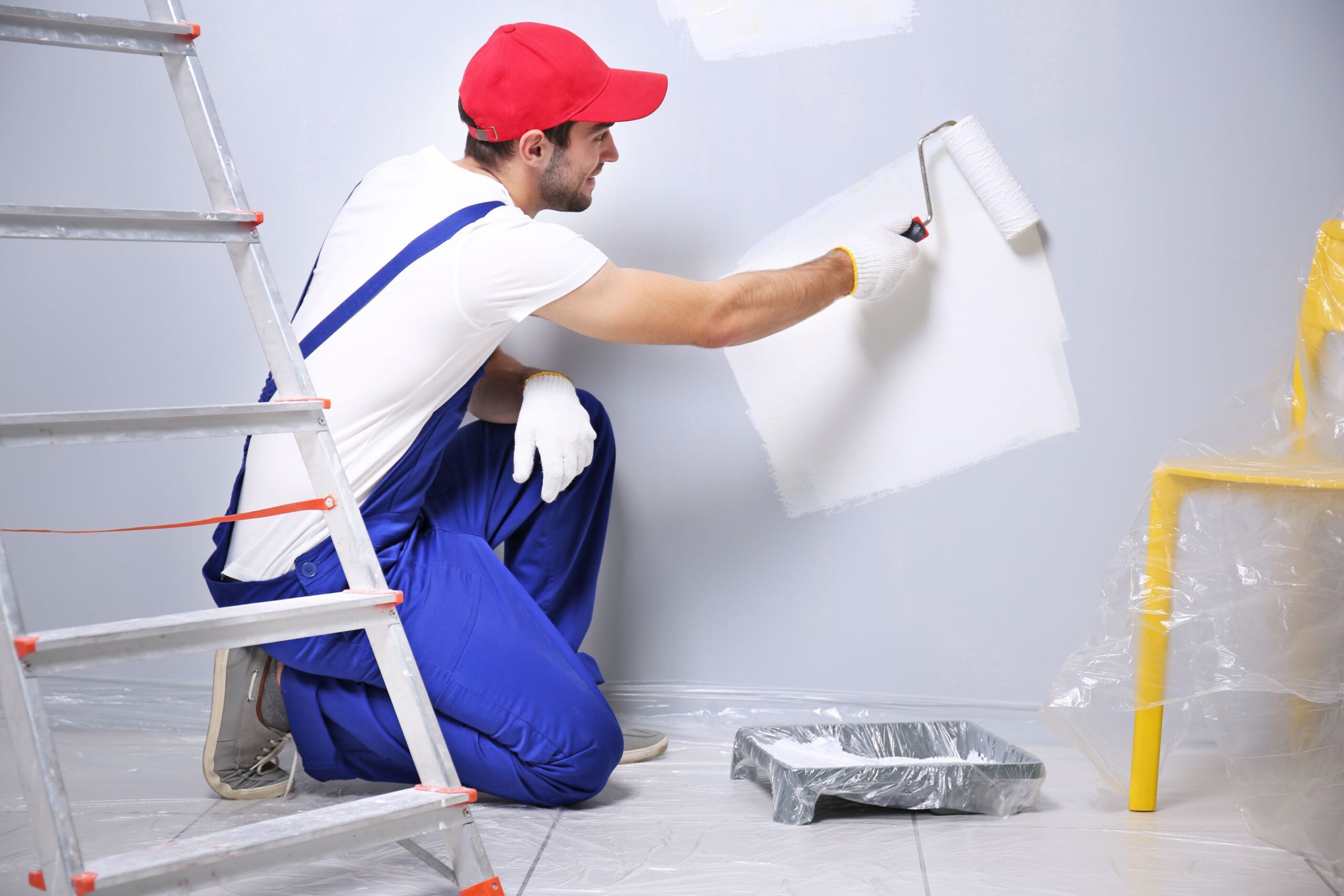
A slab foundation is a good choice if you are building a new house. These foundations rest
directly on the ground below. They are made from a wood form with clear plastic in the interior,
which acts as a moisture barrier. A few white pipes will rise from the foundation. These pipes are
for the plumbing and electrical systems of your home. Once the slab is complete, you’ll need to
install a drainage system for the water to run away from the home.
Footings
Footings are necessary before you pour concrete. The layers beneath your slab are called
footings. These are filled with sand or soil to support the weight of your structure. The foundation
should be excavated three feet around its perimeter. If you need to excavate a footing, you’ll
want to use post-tension cables or steel rods to keep the ground compacted. Finding out the best Underpinning Melbourne.
A slab foundation is one of the most popular types of foundations. It’s an elevated foundation,
which is built by digging one foot into the ground and strengthening it through steel bars. The
foundation is then used to build your home. Slab foundations can crack, which can lead to
structural instability. It can also be affected by tree roots, soil displacements, earthquakes, or
frozen ground. If you’re not careful, you could lose your house!
Concrete Surrounding
The concrete surrounding the edge of the slab is usually four to eight inches thick, although it
can be as thick as one foot. The slab edges can also be thicker, giving it extra strength around its
perimeter. The slab will also be able to support load-bearing walls in your home. Concrete is
usually poured in one continuous piece, so the slab foundation is monolithic. Therefore, it’s often
an excellent choice for DIY homebuilding projects. When choosing the right foundation material
for your new home, remember that insulation is important and should not be overlooked.
After installing a drainage system, the next step is to install the electrical and plumbing
infrastructure. You’ll need to install electrical wiring, water supply lines, and electrical conduit
before the final concrete pour. Installing these pipes in the slab is much cheaper than installing
them in the joists. Cross-linked polyethylene is used for the PT anchors at the slab edge’s
divots. Post-tensioned foundations are stronger than a slab foundation.
Professional Slab Foundation
Professional slab foundation repair is recommended if you are worried about your home’s
foundation. It is rare for slab foundation repairs to be necessary. In some cases, the entire slab
may need to be removed in order to fix the leak. Once the slab is removed, the plumbing pipe
may be rerouted outside your home. A professional contractor will be in a position to spot the
problem before it becomes serious.
The main problem with a slab foundation is the lack of storage space underneath the house. A
slab foundation is not compatible with a conventional foundation. A slab foundation also prohibits
you from adding living space or storage space retroactively. A slab foundation is not suitable for
building a home with either a finished basement, crawlspace, or other living space.

